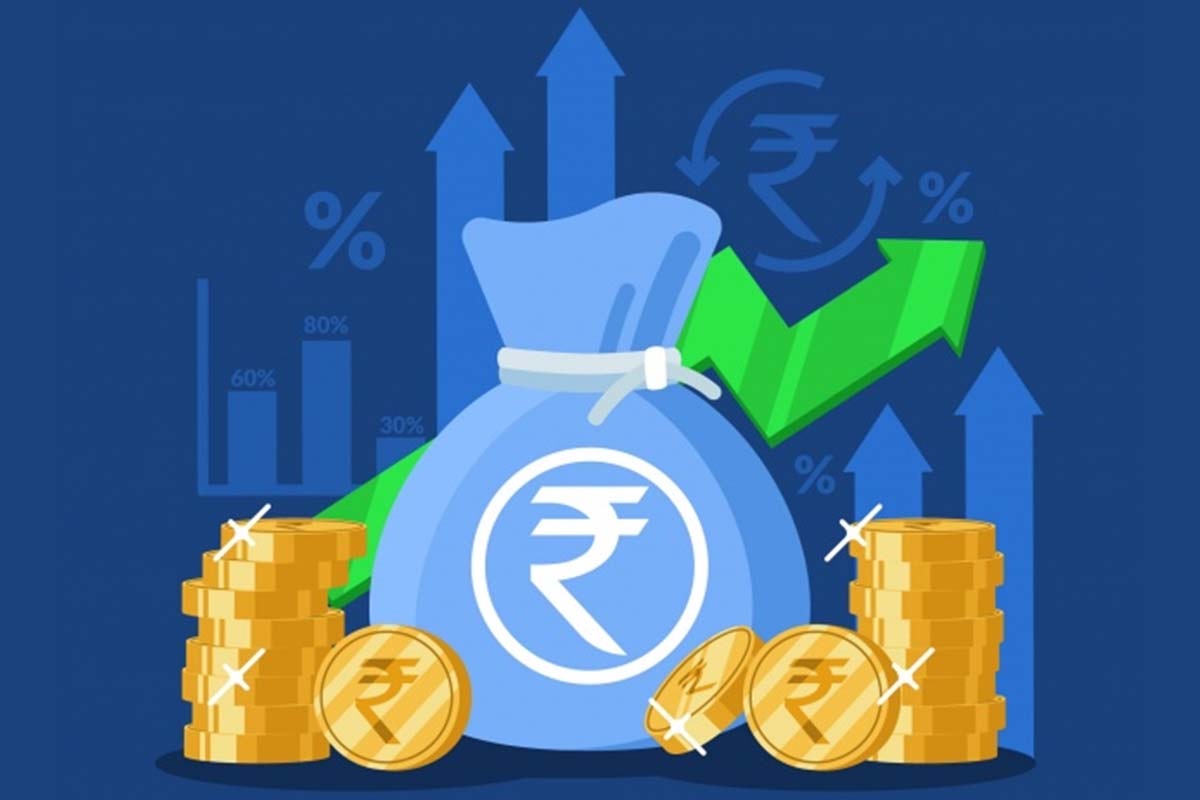Surajit Das
Today, across the board, business confidence is low in India in general. The business confidence is dependent on the expected rate of profit on investment. Investment is the addition to stock of capital for the existing firms or start-ups. Depending on the lending rate of the banks and other term-lending institutions and on the credit rating of the investors, there is a cost involved in investment. There are uncertainties in every business. If the expected rate of profit is not higher than the cost of borrowing, after payment of profit tax and after adjusting for the risks premiums, then the investor would not invest. Now this expected rate of net profit depends on many things including perceived degree of uncertainties, the effective profit tax rate, the expected future prices and, above all, on the expected demand. The expected profit tax rate is of course dependant on the tax policy of the government. The other factors depend on the size of the market (local or global), which depends, ceteris paribus, on the purchasing power of the people. For example, if the European or American economies do not do well, they being our main export destinations, cannot import more commodities and services from us. Similarly, if the size of the domestic market does not expand, the expected future prices would not increase, the expected net profit rate (given the tax rates) would be lower and the business confidence would come down. Since income earned from one sector generates demand not only for that sector but, also for all other sectors in the economy (and also the import demand), if profitability or investment or income comes down in one sector, it would have its negative impact on the entire economy. Lower business confidence, in absence of any government intervention, would lead to lower investment and lower income, which, in turn, would lead to further reduction in business confidence. This is like a vicious cycle trap. On the contrary, when the confidence is high, everything would grow. Even the financial sector becomes more confident about the viability of the proposed real sector projects and provides loans easily and in difficult times they also naturally become relatively more sceptical. Therefore, the lowering of growth rates and downturn of the economy should be taken very seriously for preventing a recession like situation.
What is to be done? The government has to step in. If the export growth exceeds the GDP growth rate in real terms, or if the export-GDP ratio rises at a fast rate, then the aggregate demand may expand without necessarily expanding the size of the domestic market. This is called export-led growth. However, demand for our exportable depends on the import demand of the external market, international business network and so on. Therefore, this is exogenously given, at least in the short-run. Technological change also does not happen overnight to reduce cost of production. Therefore, the government can help in raising the net profit rate on investment either by reducing profit tax rate or by increasing the level of investors’ confidence or by both. When the government spends some money, somebody in the economy would earn some income and some proportion of that income would be spend on consumption, which would generate additional demand in the economy. If demand rises relative to the supply at aggregate level, then the prices are likely to rise and it would be profitable to invest. This would naturally boost the investors’ confidence. Again, if the government starts collecting more tax from the people, their disposable income would come down and consumption demand is also likely to come down at aggregate level. If the government collects less tax and spends more, then the fiscal deficit rises. Or, in other words, if the government incurs more fiscal deficit, it can inject additional demand under a demand constrained situation. The combined fiscal deficit of central and state governments in India is around 6% of GDP. In order to overcome the crisis, the government should give a fiscal stimulus by increasing the fiscal deficit as proportion of GDP. (Moody’s rating might come down, however, lower growth rate also may bring down India’s rating). Now, the fiscal deficit may increase either by reducing tax revenue or by increasing the expenditure of government. If the government reduces tax rate on profit, the multiplier effect of that on aggregate demand would be much lower relative to the increase in aggregate demand caused by increasing social sector or capital expenditure of government. This is simply because relatively less proportion of profit earnings are consumed and more proportions are either saved or spent on imported commodities and services as compared to the consumption out of income for the poorer section of population. Consumption expenditure generates domestic demand and saving or import do not. If government spends more money on education, health etc., peoples’ out of pocket expenditure may come down. As a result of this, net purchasing power of common people would be enhanced, which would help in expanding the overall size of the market. This, in turn, would bring back the business confidence and ensure growth in the economy. When capital expenditure or investment by the private sector is not good enough to absorb the existing labour force, the capital investment by government particularly, in strategic sectors like infrastructure and so on, has to be increased. This would not only increase the aggregate demand but, also crowed-in lot of private investments. Therefore, without reducing the rate of profit-tax, if the government undertakes expansionary fiscal policy, the growth rate can be revived. This is the time for fiscal activism and definitely not for fiscal conservatism. The demand side economists need to be given a patient hearing.
Surajit Das is Assistant Professor, CESP, JNU, New Delhi



